Latest research animations
Self-assembly of spider silk
This gut microbe might protect against diabetes and reduce insulin resistance
NEW: One-way hydrogel guides motion of tiny worms!
Latest Posts
No Results Found
The page you requested could not be found. Try refining your search, or use the navigation above to locate the post.
No Results Found
The page you requested could not be found. Try refining your search, or use the navigation above to locate the post.
Apr
12
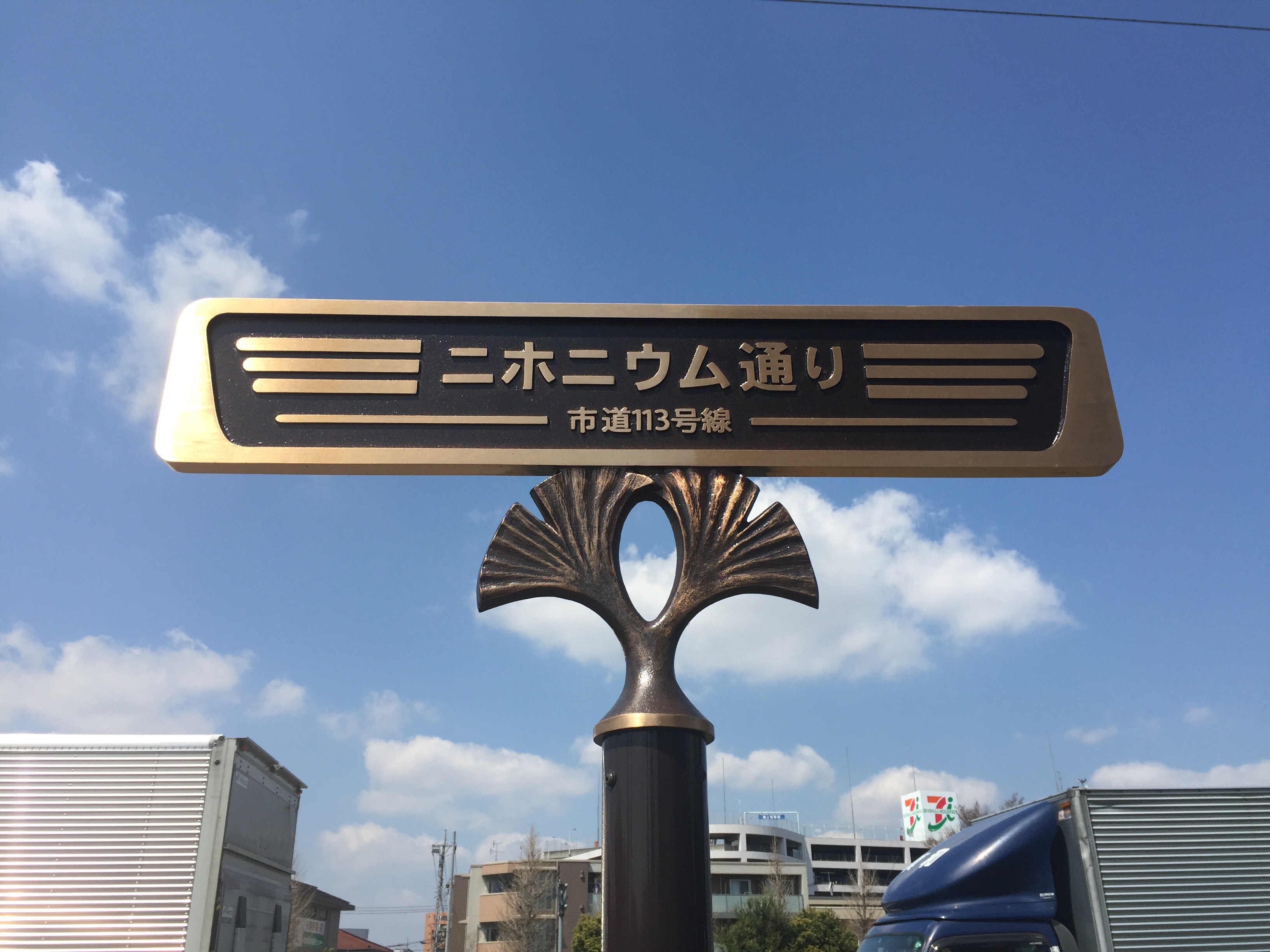
Nihonium walk of fame
Apr
4
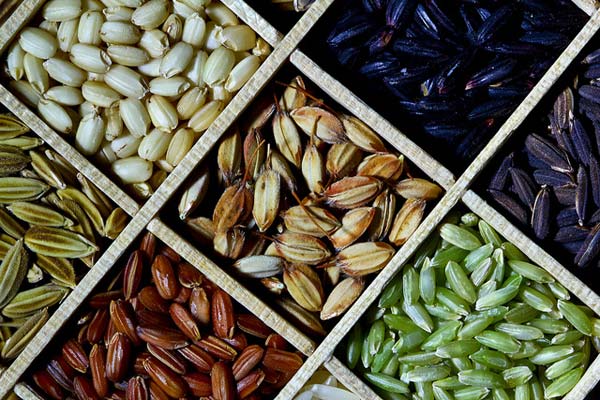
New rice fights off drought
Researchers have created drought resistant transgenic rice using a gene from a small Eurasian flowering plant
Apr
3
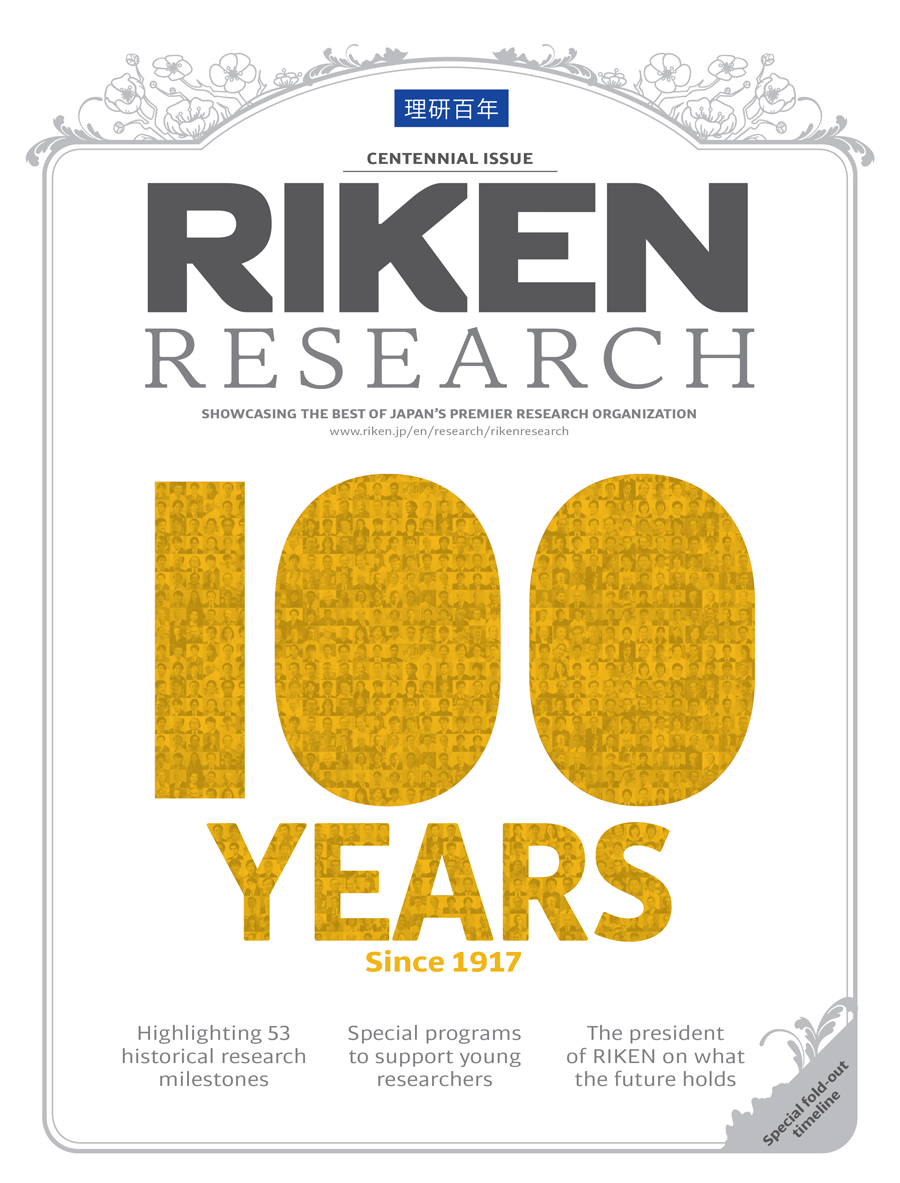
Centennial RIKEN Research
Mar
10
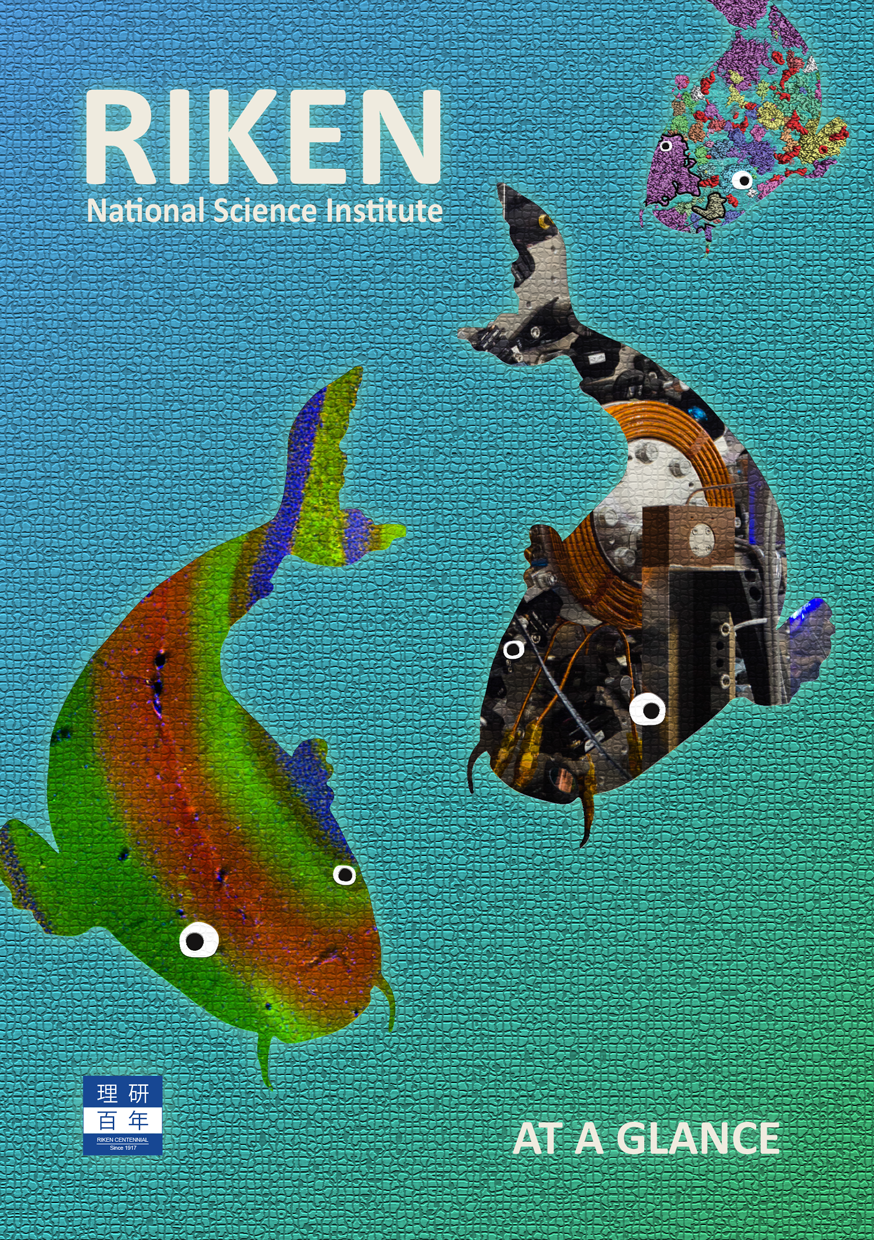
Don’t know anything about RIKEN?
Jan
10
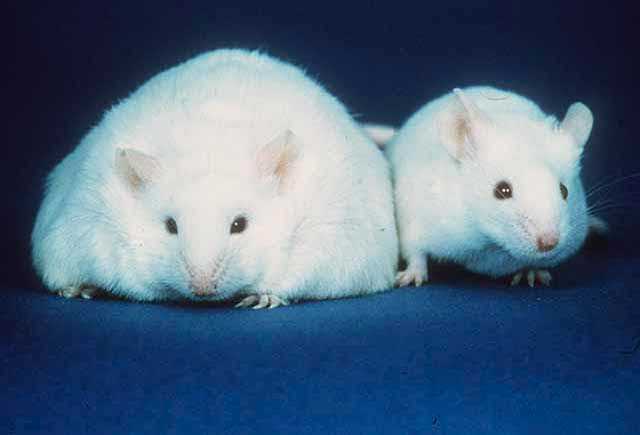
Blocking obesity with a protein-sugar combination
Discovery of an enzyme that prevents obesity in mice through glycosylation of a protein involved fat-cell differentiation.
Dec
27
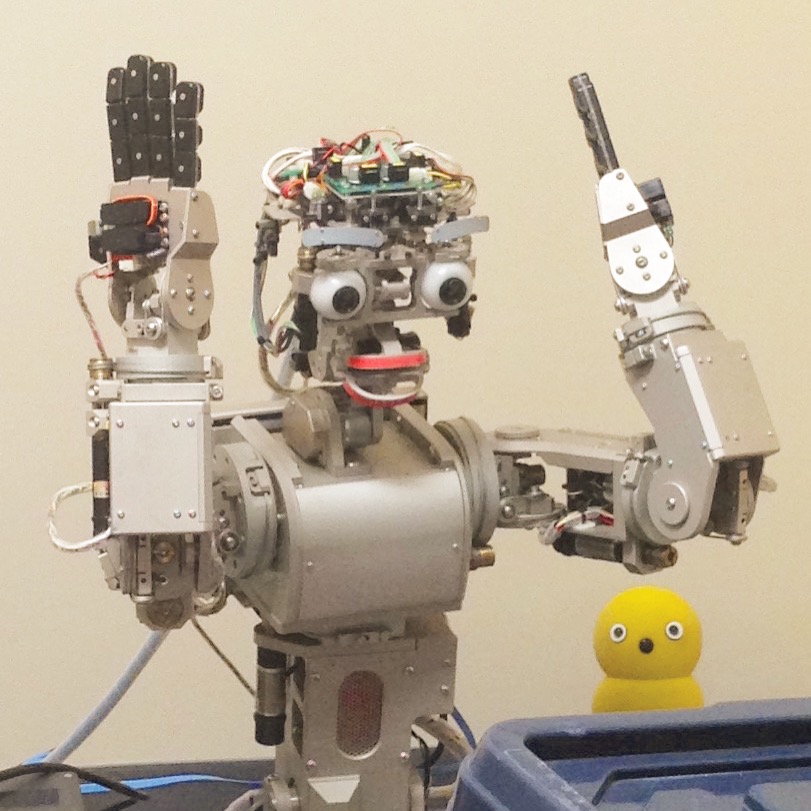
Robotic researcher to the rescue
Masaki Watabe talks about automated robotic researchers, future robot rule, and scientific philosophy.
